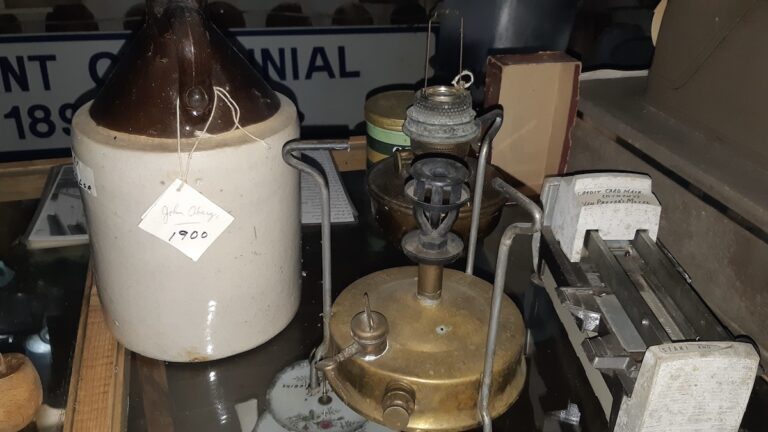
An old brick from the Sakoose Mine Pump House Boiler at Lowrey Creek in 1896.
Learning about the history of the old Sakoose Mine
In 1896, Melgund Township was far from a quiet corner of Northwestern Ontario—it was a raw, restless frontier carved into the unforgiving face of the Canadian Shield. The promise of minerals pulled prospectors northward in waves, each one hoping to strike a vein that would change their fortunes. But the Shield rarely gave up its secrets easily. Only with the arrival of industrial equipment, skilled labourers, and the grit of entire work crews did the region begin to transform from wilderness into a landscape of camps, tramways, and budding settlements.
Amid this transformation, ordinary objects took on extraordinary significance. This old brick—simple, weathered, and heavy with the passage of time—is one such artifact. It stands as a small but tangible reminder of the early infrastructure that supported mining, rail lines, and the first permanent buildings. Every groove and imperfection in its surface hints at the people who handled it, the hands that shaped it, and the ambitions that fueled the development of the Sakoose Mine and surrounding communities.
As we prepare to launch our new recreation, arts, and culture organization, relics like this feel especially resonant. They remind us that culture is not only found in galleries or performance halls, but in the everyday materials that built our towns and shaped our stories. They anchor us to a shared past that continues to influence how we gather, create, and imagine our future.
That’s why we’re thrilled to work with the Dyment Museum and its dedication to preserving local history. This brick is just one of the many intriguing items we hope to help exhibit—objects that don’t simply sit behind glass, but act as storytellers, connecting generations through the rugged, resilient spirit that has long defined Northwestern Ontario.





